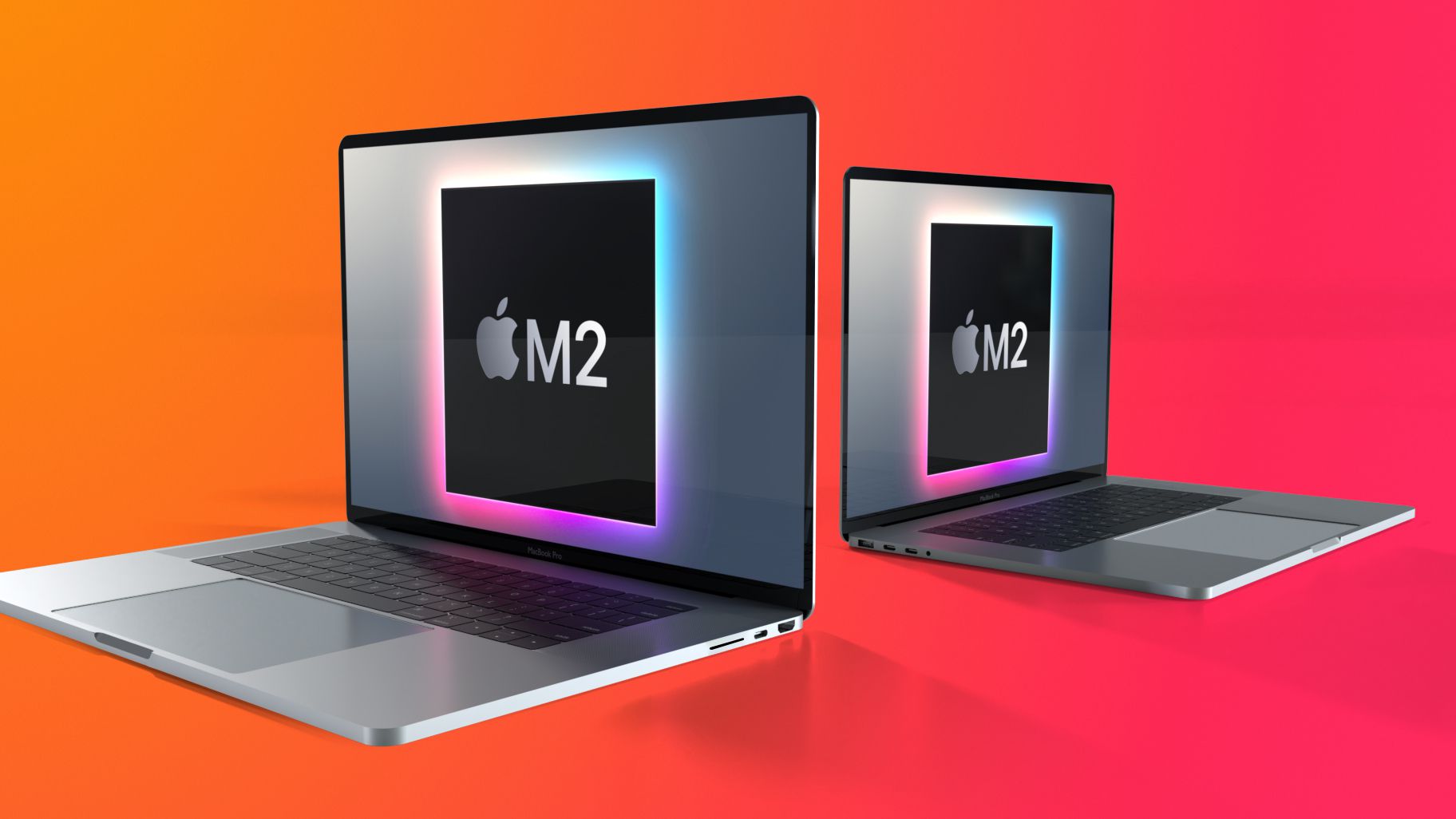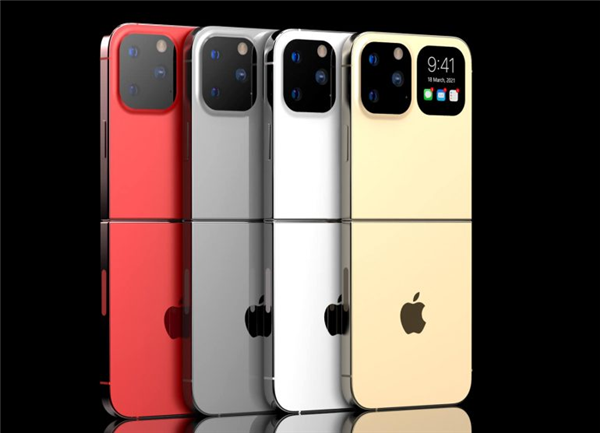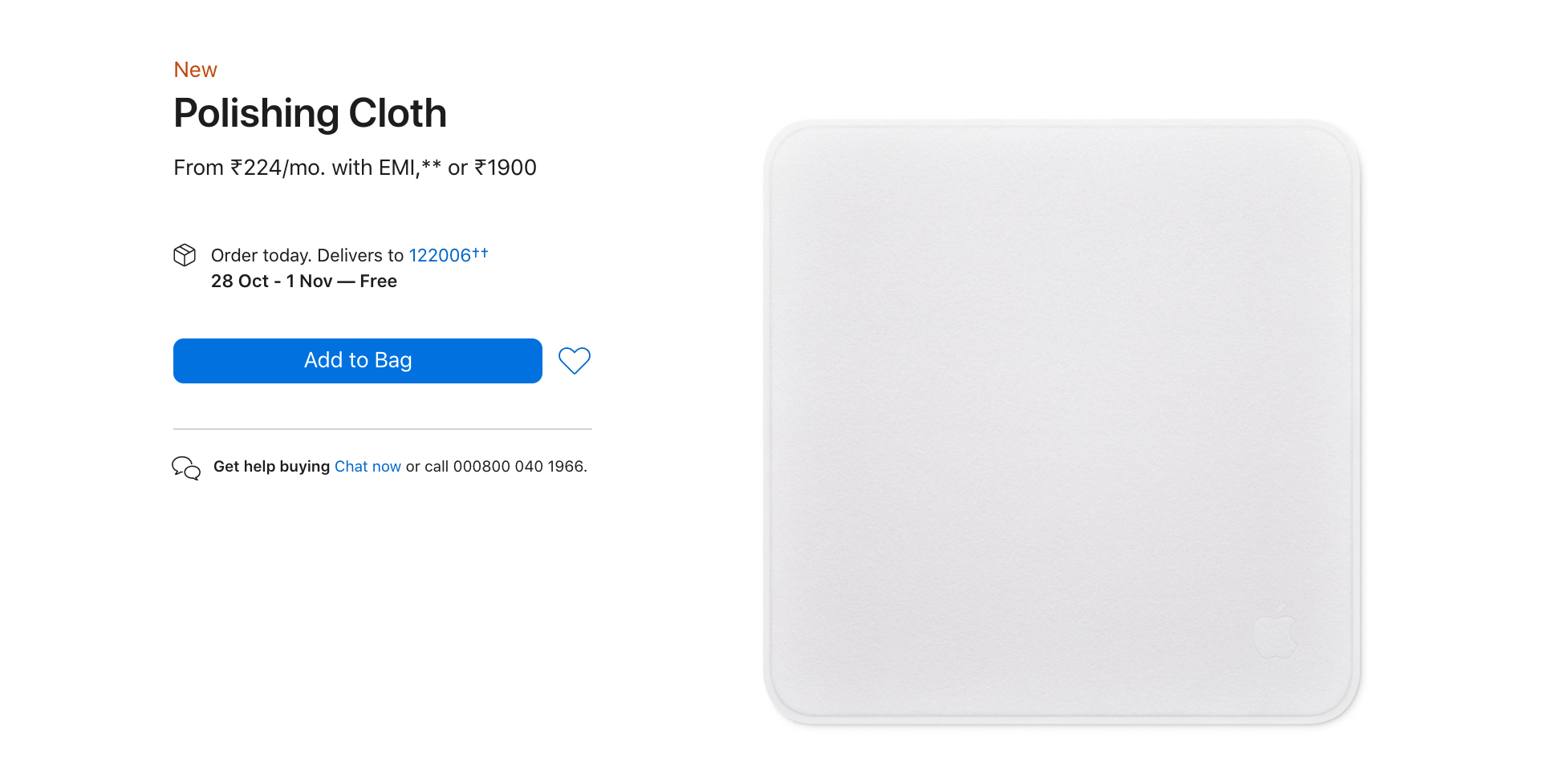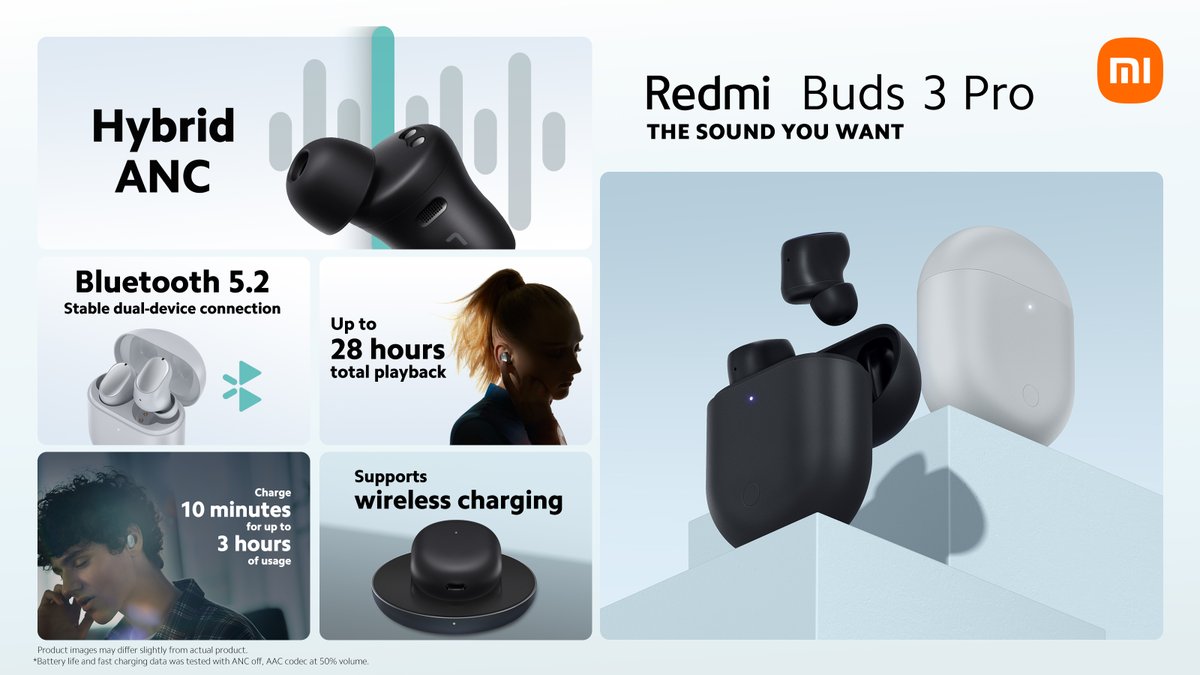1. Mini-LED Display for the M2 MacBooks
Laptop manufacturers are gradually putting out mini-LED and OLED laptops, and we’d like to see Apple hop on board too. Considering Apple has already implemented this display technology on its iPads, it would make perfect sense to do so.
Sure, the MacBook may get thicker as a result, but the visual differences would be significant. The screen would be brilliant for watching HDR content, with deep blacks and vivid colors. Mini-LED displays also tend to be a lot brighter than their IPS counterparts.
Liquid Retina XDR on the MacBook could also tempt a lot of existing users to upgrade. It’s costly, but the difference makes it worth the extra money.

2. Better GPU Performance
We have no complaints regarding the CPU performance of the M1 chip, but one particular department where it falls short is the graphics performance.
Despite having eight GPU cores to its name, the M1 MacBook Pro was outperformed by the older 16-inch MacBook Pro in the Geekbench 5 Metal GPU test. This makes the 16-inch MacBook Pro still ideal for GPU-intensive tasks, but we want to see Apple catch up or go beyond the competition in the graphics department, too.
We’re not sure how Apple is going to achieve this. Doubling the GPU core count can help, which is what the rumored M1X chip is supposed to deliver. It’s a completely different ballpark for the M2 chips, but we’ll see if Apple has any tricks up its sleeve later this year.
![]()
3. Thunderbolt 4 and Better Port Placement
Thunderbolt 4 has been available on Windows laptops since late last year, but Apple, for some reason, didn’t include it in its M1 MacBook line-up. While it doesn’t boast any speed improvements over Thunderbolt 3, it offers functional benefits like the ability to connect two external 4K displays to your Mac.
Hence, this time around, we’d like to see support for Thunderbolt 4 with the upcoming M2 chips.
Another element that’s quite annoying with the M1 MacBooks is the port placement. There are two USB-C ports right next to each other. The issue here is that one of the ports will be unusable if you connect a dongle or a USB hub. Sometimes, you may even have trouble plugging in two thick USB cables.
Apple can avoid this by simply moving one of the ports to the other side of the MacBook, presumably next to the 3.5mm headphone jack. Or, they could simply be spaced out a little bit.
Of course, adding more ports is another easy solution, if you’re listening, Apple!
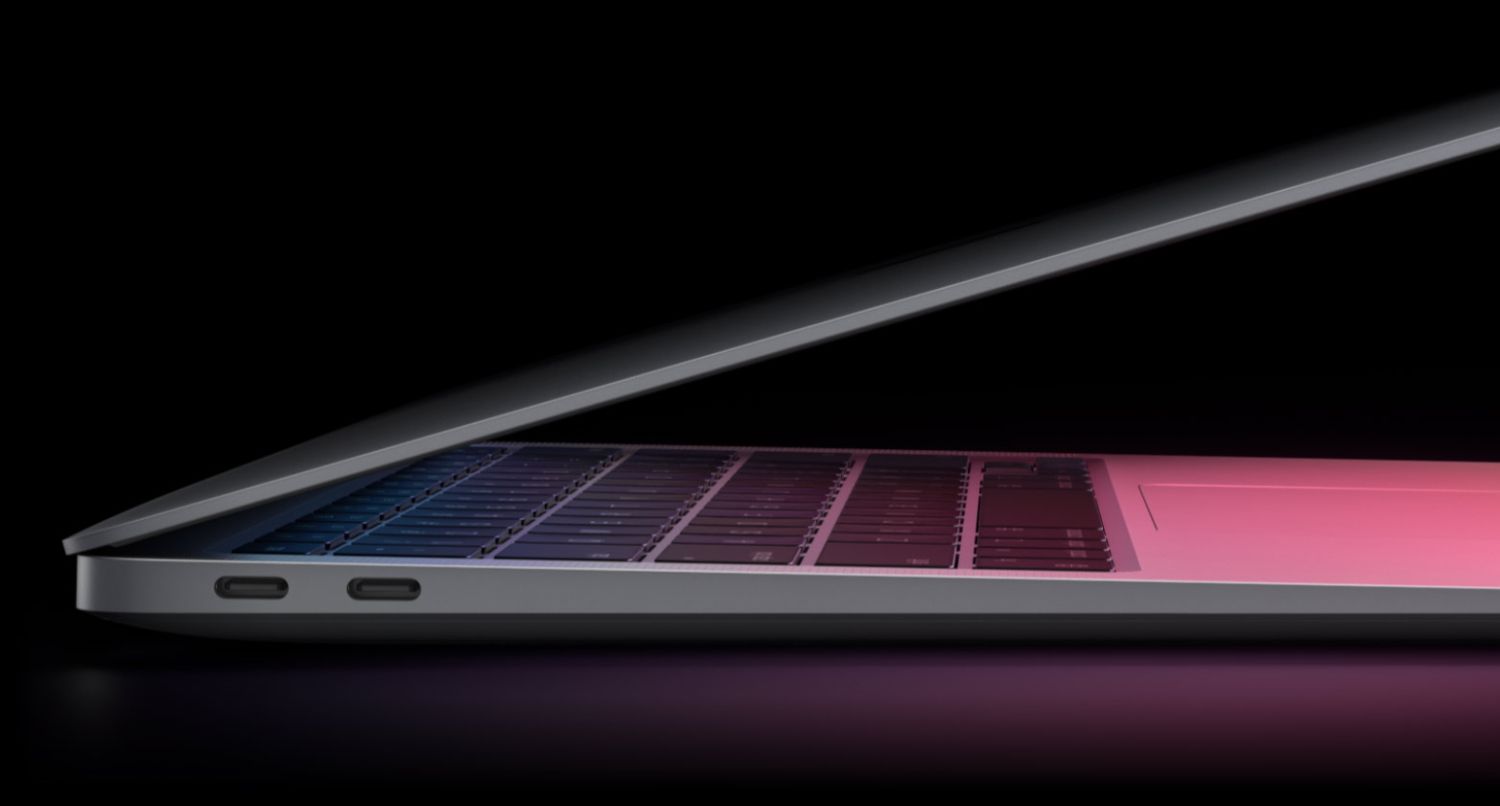
4. MagSafe Charging and Bigger Power Adapters
Let’s bring back the good old days of MagSafe. Introduce a new proprietary connector and call it MagSafe 3.
For those who don’t know, these magnetic connectors were originally introduced as a safety measure. The MagSafe charger is held in place with magnets in such a way that if it’s tugged, it will disconnect from the socket without damaging the cord or affecting the position of the MacBook.
This meant that users didn’t have to worry about tripping over the charging cables and dropping their expensive MacBooks.
Considering how Apple reintroduced MagSafe as a charging accessory for the iPhone 12, this is now the perfect opportunity to bring the feature back to the MacBooks.
Also, Apple bundles the 30W power adapter with the M1 MacBook Air. Due to this, it takes a lot longer to charge it when compared to the MacBook Pro, despite packing a smaller battery.
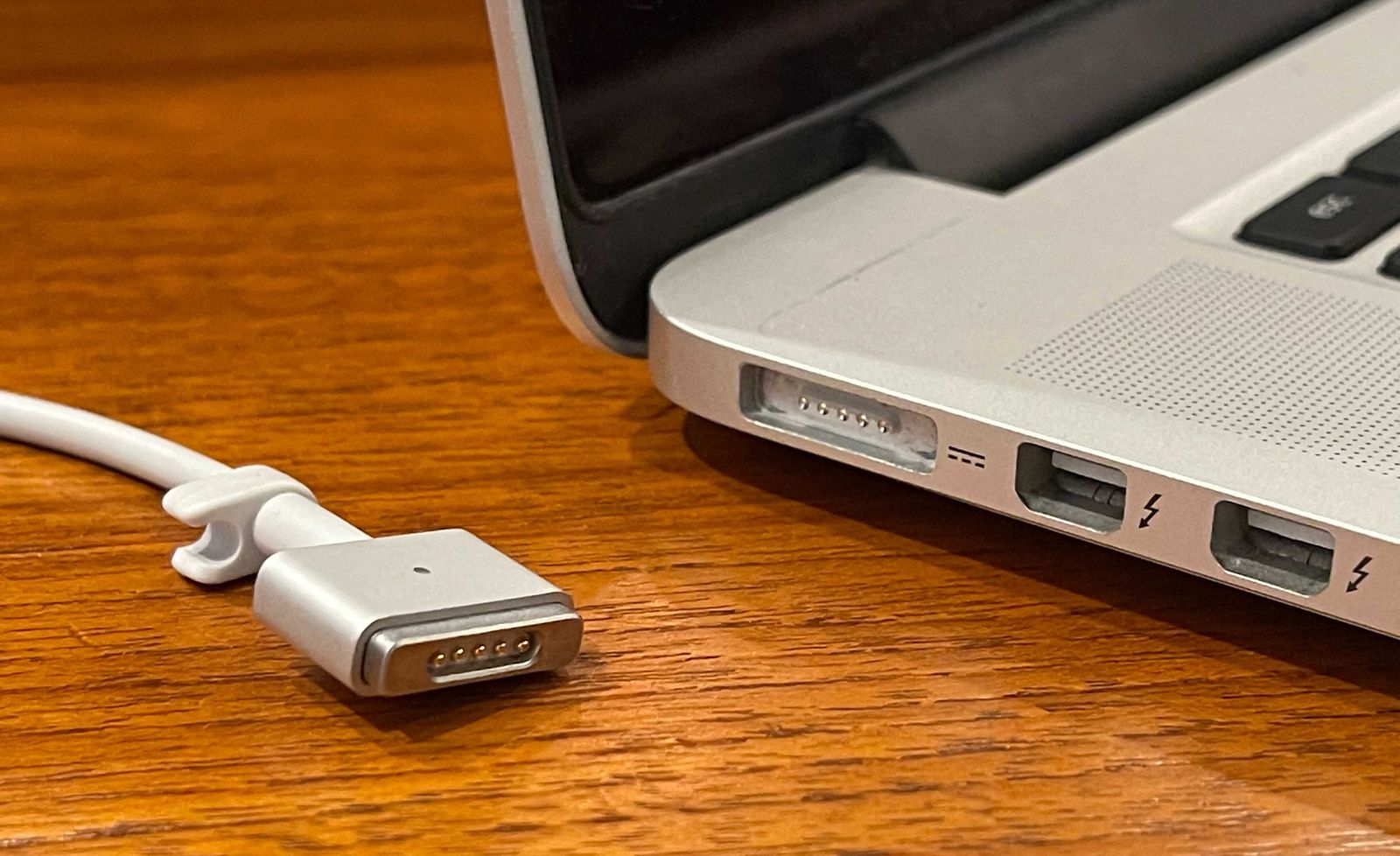
5. More RAM with LPDDR5
Right now, you get 8GB of LPDDR4X RAM if you go with the standard configuration of any of the current M1 Macs. If you need more memory, you need to spend an extra two hundred dollars and configure it from Apple’s website.
While 8GB of unified memory is still perfectly fine for most tasks, professional users would certainly need that extra RAM for intense workloads.
By switching to LPDDR5 RAM, Apple will be able to provide 12GB of unified memory with each M2 chip. That’s quite a step up that the prosumers may notice while working on their Macs.
Apple’s current crop of M1 Macs tops out at 16GB of RAM. We’d like to see higher 32GB memory options that’d please video editors, music producers, and other professionals.
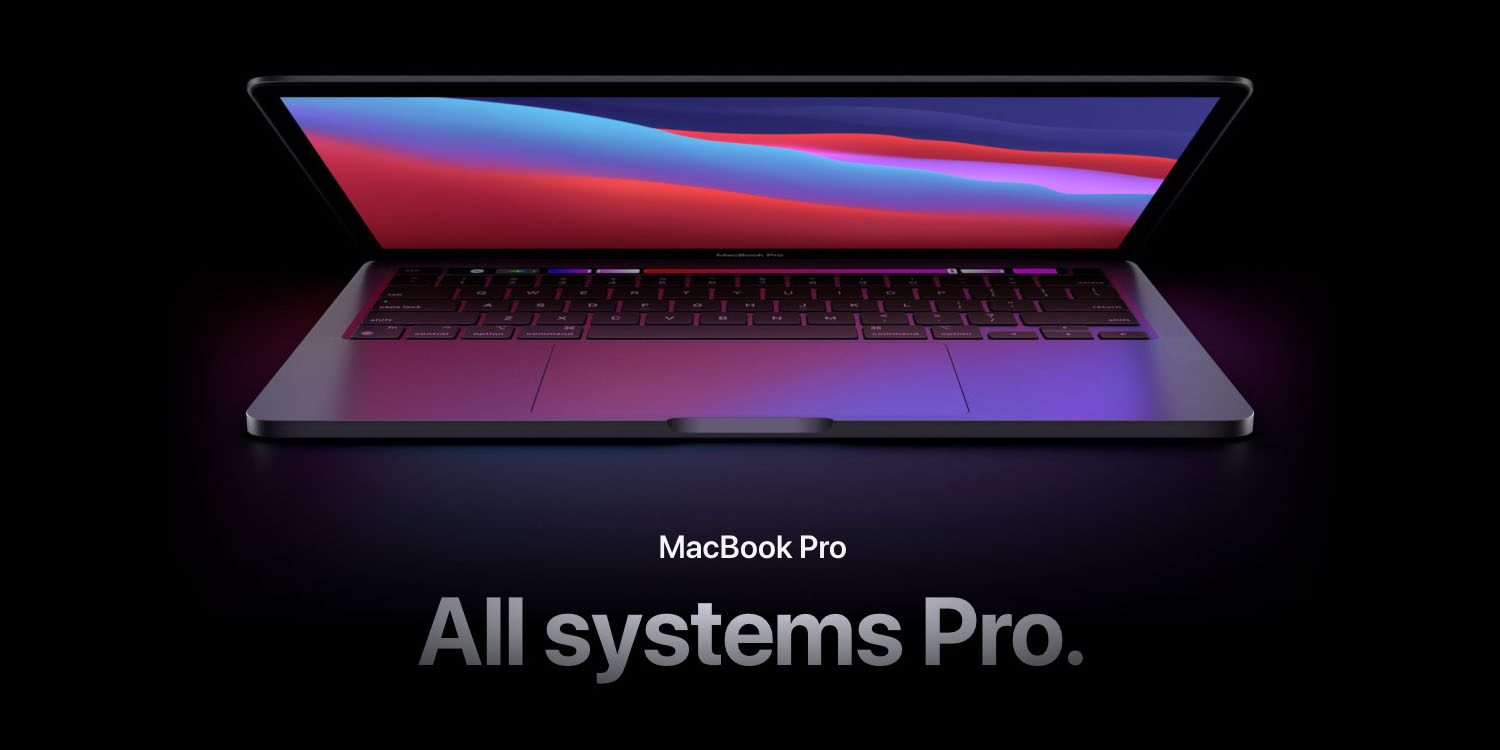
6. An Improved FaceTime Camera
Thanks to COVID, video calling is now more popular than ever. It’s one of the primary ways to connect with your loved ones, no matter where you are. Unfortunately, we’re still stuck with a 720p FaceTime camera in 2021. The video resolution hasn’t been upgraded in nearly a decade, and it’s time for a change.
We really need 1080p FaceTime HD cameras in the next M2 MacBooks, just like the M1 iMac. This would make a significant improvement in the video quality during FaceTime calls.
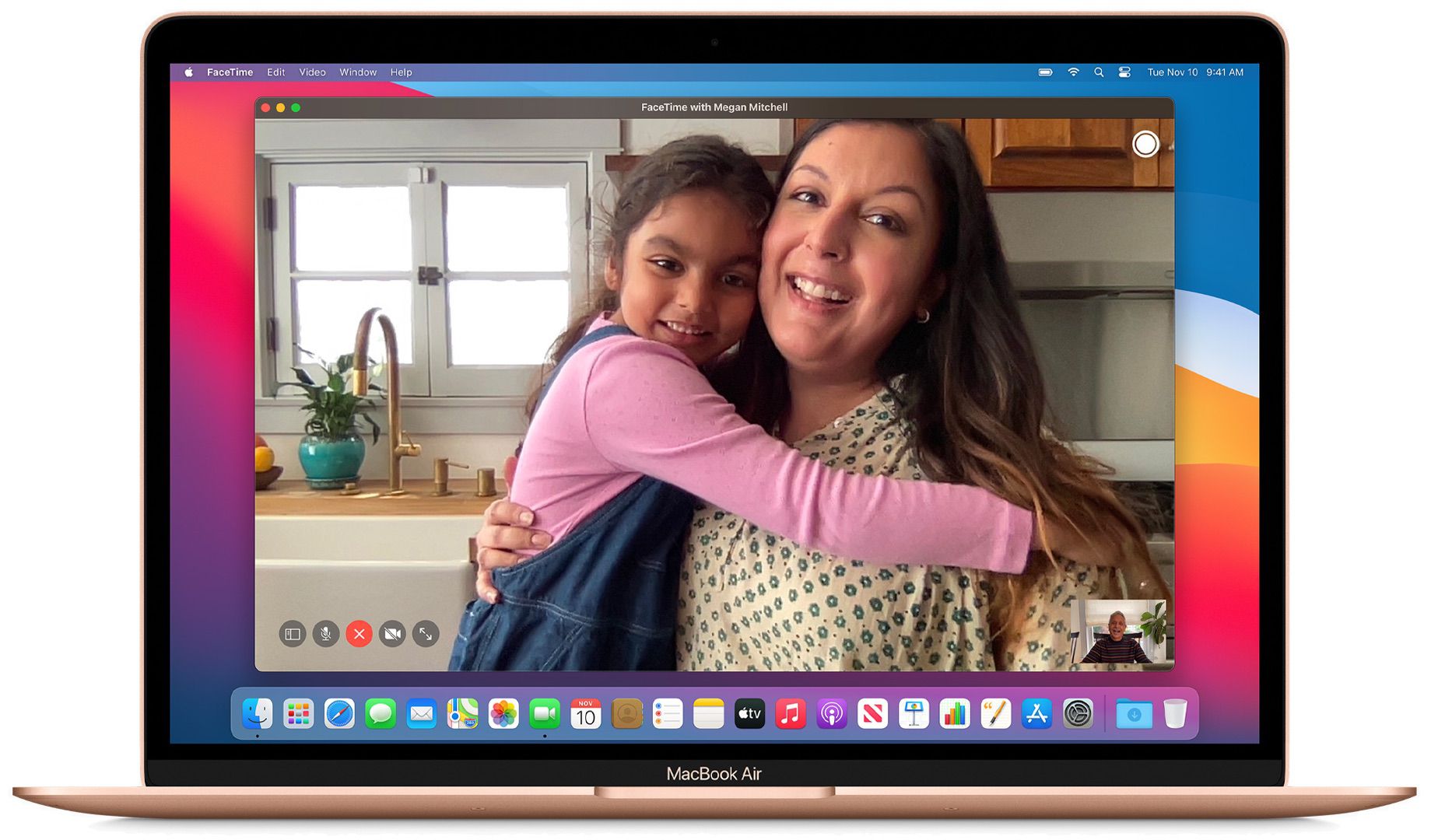
7. Cheaper Hardware Configuration Options
Custom configuring an M1 MacBook is costly. Since Apple has complete control over the hardware now, it’s charging a premium for hardware upgrades.
The worst part? Mac components aren’t user-upgradable, meaning you cannot get third-party RAM for cheap down the line. You’re basically stuck with Apple’s offerings when you purchase the Mac.
While most people would be okay with that, considering how integrated all the hardware is, we cannot stand the price for storage and RAM upgrades. They cost $200 for each tier.
Let’s say you selected the $999 base model M1 MacBook Air. You’ll need to spend another $800 if you want 1TB of storage and 16GB of RAM, which is outrageous.
This is a long shot, but we’d like to see Apple bring the upgrade costs down to the sub-$150 range with the M2 MacBooks. This would actually motivate more users to get custom spec MacBooks rather than sticking to the standard configuration.


